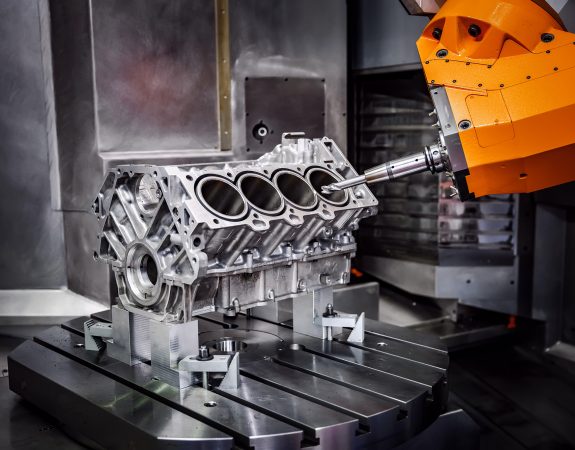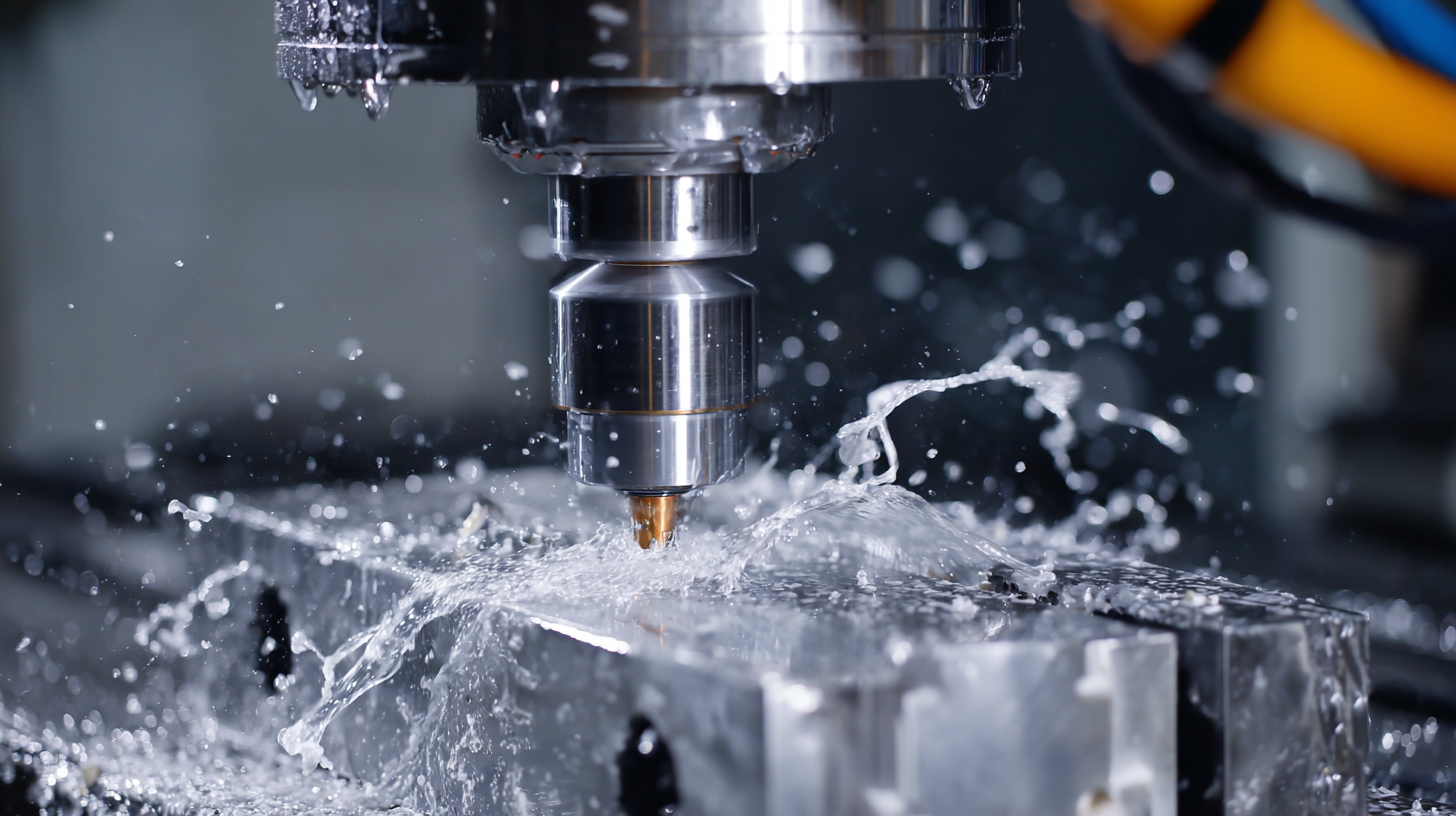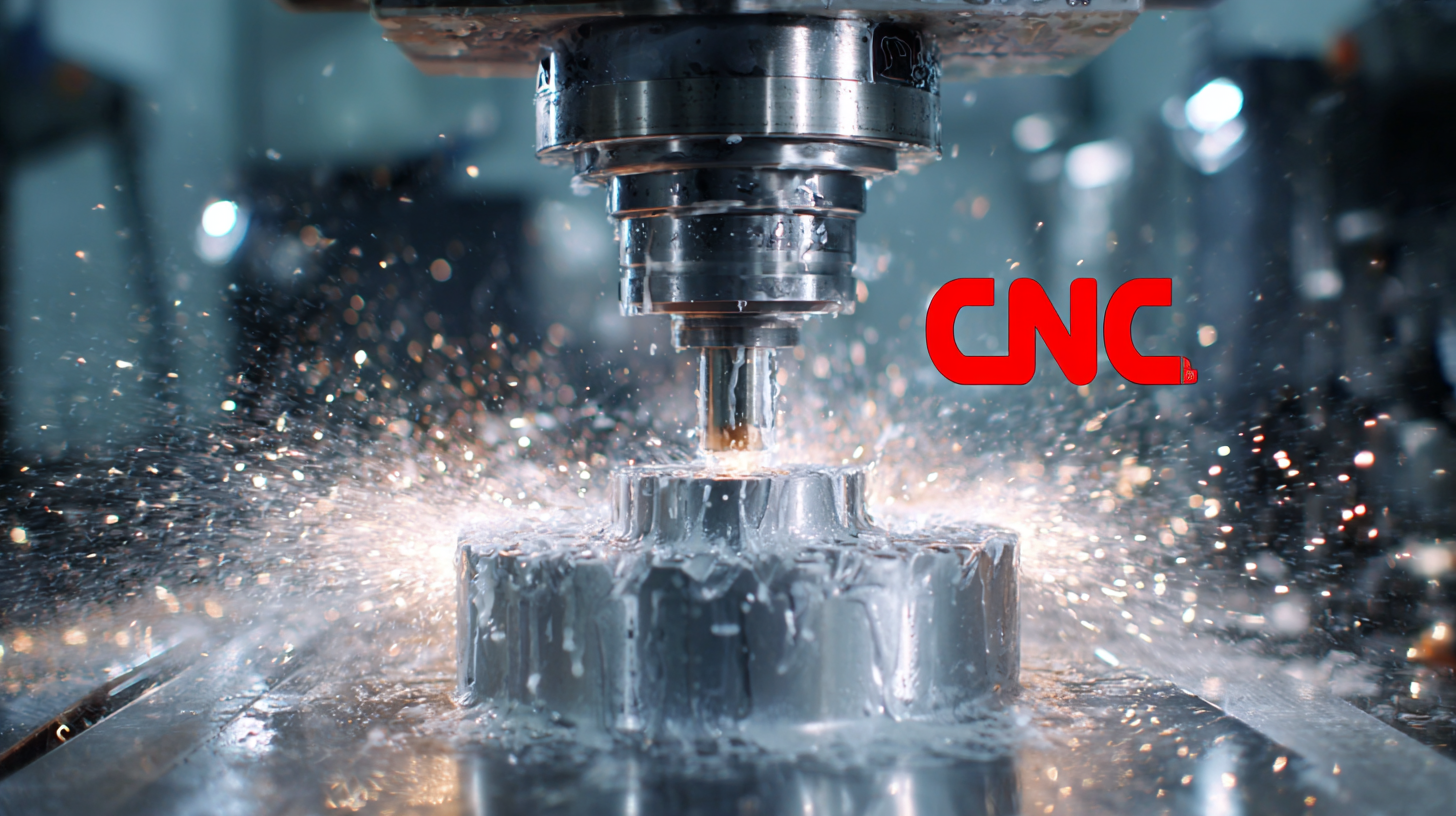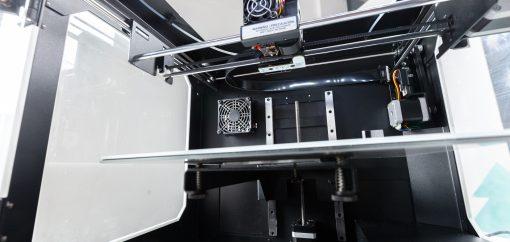
As we move closer to 2025, the landscape of manufacturing continues to evolve at an unprecedented pace, particularly in the realm of rapid CNC machining. This innovative technology, which allows for the swift and precise production of complex components, is set to redefine industries by enhancing efficiency and reducing lead times. In this blog, we will explore the emerging trends that are shaping the future of rapid CNC machining, from advancements in automation and materials to the integration of artificial intelligence in machining processes. By understanding these trends, businesses can better position themselves to leverage the capabilities of rapid CNC machining, ensuring they remain competitive in an ever-changing market.

Join us as we delve into the significant developments that will influence the way we approach manufacturing in 2025 and beyond.
As we look forward to 2025, several emerging technologies are set to reshape the landscape of CNC machining. From advancements in artificial intelligence to the increasing integration of robotics, the machining industry is on the brink of a significant transformation.
 AI is poised to enhance predictive maintenance and optimize machining processes, allowing manufacturers to reduce downtime and improve efficiency. Meanwhile, the rise of collaborative robots, or cobots, offers a new level of flexibility in manufacturing environments, enabling human workers and machines to operate side by side in harmony.
AI is poised to enhance predictive maintenance and optimize machining processes, allowing manufacturers to reduce downtime and improve efficiency. Meanwhile, the rise of collaborative robots, or cobots, offers a new level of flexibility in manufacturing environments, enabling human workers and machines to operate side by side in harmony.
In addition to AI and robotics, the adoption of advanced simulation and verification software will play a crucial role in the evolution of CNC machining practices. These technologies allow for precision and accuracy that were previously unattainable, minimizing errors and material waste. Moreover, innovations in additive manufacturing are starting to complement traditional CNC machining methods, providing new opportunities for customization and rapid prototyping. As these trends converge, manufacturers who stay ahead of technology will not only improve their production capabilities but also gain a competitive edge in a fast-evolving market.
The evolution of CNC machining techniques is notable, especially when comparing traditional methods with advanced approaches. Traditional CNC machining has long relied on manual programming and less sophisticated tooling, limiting precision and flexibility. In contrast, advanced CNC machining techniques now leverage automation, artificial intelligence, and IoT integration, significantly enhancing production efficiency and quality. According to a report by MarketWatch, the global CNC machining market is expected to reach USD 100 billion by 2025, driven primarily by advancements in these cutting-edge technologies.
One of the most significant advancements is the adoption of multi-axis machining, which offers unparalleled versatility and the ability to create complex geometries that traditional 3-axis machines cannot handle. Industry data indicates that multi-axis machining can reduce production time by up to 30%, which is crucial as manufacturers seek to meet increasing demands for customization and shorter lead times. Furthermore, with AI-driven predictive maintenance, companies are minimizing downtime, allowing for more efficient production cycles. As we approach 2025, the shift towards advanced CNC machining techniques appears not just beneficial but essential for staying competitive in an ever-evolving market.
The landscape of rapid CNC machining is undergoing significant transformation, largely driven by innovative materials that enhance efficiency and performance. In 2025, we expect to see advancements in lightweight composites and high-strength alloys, which not only reduce manufacturing time but also improve the overall durability of machined parts. These materials are becoming increasingly popular for industries such as aerospace and automotive, where both weight reduction and strength are critical.
Another trend is the adoption of smart materials that respond to environmental changes. For instance, shape memory alloys and thermoplastics are being integrated into CNC machining processes, allowing for the creation of components that can adapt to varying conditions. This innovation opens new avenues for designing versatile products, making it essential for manufacturers to stay abreast of these developments. By focusing on material innovations, companies can not only enhance their machining processes but also cater to a growing demand for customizable and efficient solutions in the market.

In the rapidly evolving landscape of CNC machining, cost efficiency remains a pivotal factor in choosing the right machining solutions. According to a 2022 report by Deloitte, companies that leverage advanced CNC technologies can achieve up to a 25% reduction in production costs while simultaneously improving precision and speed. This balance of cost and performance is crucial as manufacturers increasingly face pressure to optimize operations without jeopardizing quality.
As we look towards 2025, the adoption of automation and AI-driven CNC machining is set to redefine cost efficiency for firms. A study from Grand View Research highlights that the global CNC machining market is expected to reach $100 billion by 2025, driven largely by these sophisticated technologies. The integration of predictive maintenance powered by AI can significantly lower downtime costs by up to 30%, enabling manufacturers to allocate resources more effectively and enhance overall productivity. Emphasizing these innovations will not only streamline operations but also position companies to remain competitive in an increasingly globalized market.
This chart illustrates the projected trends in cost efficiency and CNC machining solutions for 2025. It displays the varying percentage of efficiency across different types of CNC machining processes such as milling, turning, and 3D printing.
As we look ahead to 2025, sustainability in CNC machining emerges as a pivotal trend, redefining industry standards and practices. According to a recent report by the Society of Manufacturing Engineers, nearly 70% of manufacturers recognize the importance of sustainable practices. This shift is driven by increasing regulatory pressures and consumer demand for environmentally friendly products. Companies are now leveraging technologies such as energy-efficient machinery and biodegradable materials to reduce their carbon footprint, achieving significant reductions in waste and energy consumption.
Moreover, advancements in digital technologies, including IoT and AI, are playing a critical role in promoting sustainability within CNC machining. A 2022 study by McKinsey & Company revealed that organizations implementing smart manufacturing techniques could reduce energy costs by up to 30%. These smart systems facilitate better resource management, allowing for real-time monitoring and optimization of production processes. By investing in sustainable CNC machining solutions, manufacturers not only comply with environmental regulations but also enhance their competitive edge in an increasingly eco-conscious market.

| Cookie | Duration | Description |
|---|---|---|
| cookielawinfo-checkbox-analytics | 11 months | This cookie is set by GDPR Cookie Consent plugin. The cookie is used to store the user consent for the cookies in the category "Analytics". |
| cookielawinfo-checkbox-functional | 11 months | The cookie is set by GDPR cookie consent to record the user consent for the cookies in the category "Functional". |
| cookielawinfo-checkbox-necessary | 11 months | This cookie is set by GDPR Cookie Consent plugin. The cookies is used to store the user consent for the cookies in the category "Necessary". |
| cookielawinfo-checkbox-others | 11 months | This cookie is set by GDPR Cookie Consent plugin. The cookie is used to store the user consent for the cookies in the category "Other. |
| cookielawinfo-checkbox-performance | 11 months | This cookie is set by GDPR Cookie Consent plugin. The cookie is used to store the user consent for the cookies in the category "Performance". |
| viewed_cookie_policy | 11 months | The cookie is set by the GDPR Cookie Consent plugin and is used to store whether or not user has consented to the use of cookies. It does not store any personal data. |

